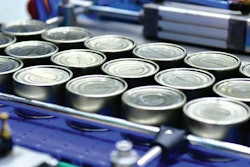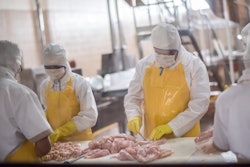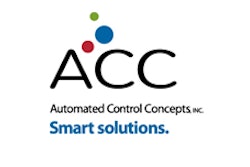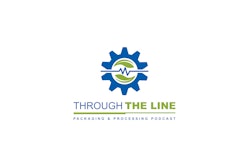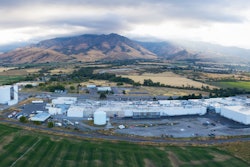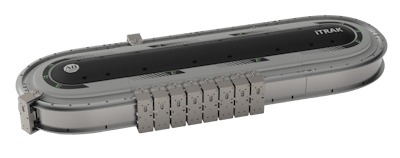
Food and beverage brands have innovated their way into shopping carts in recent years with customization – from greater product varieties that satisfy a wider range of needs, to more personalized products and packaging that create new ways to connect with consumers, according to Michaela Kaufmann, global product manager at Rockwell Automation. But as customization and SKU counts have increased, packaging machines have struggled to keep up, she states.
The problem is that the food and beverage packaging machines used in many facilities today were designed with one purpose in mind: to efficiently produce one or few products in high volumes. Now, with the shift to more product and packaging types, Kaufmann says the inflexibility of these machines has come to light. In some cases, machine overall equipment effectiveness (OEE) has fallen to anywhere from 40% to 60%.
The good news is that better OEE doesn’t need to be a thing of the past. Rockwell Automation’s independent cart technology can deliver the greater product variety and customization that consumers expect today, while keeping packaging operations efficient and profitable.
Conventional gear, chain and belt conveyor systems can constrain today’s high-mix, short-run food and beverage packaging operations, says Kaufmann. “The systems are designed to move products through a preconfigured path, at a fixed speed. For each new product run, engineers must make mechanical adjustments that are time consuming and result in costly downtime between products.”
Independent cart technology can offer relief. The systems use independently controlled movers that are configurable and programmable to support the varying process, assembly and size requirements of different products.
“In many cases, pre-configured, software-based move profiles allow changeovers to happen with the push of a button,” states Kaufmann. “Pitch or spacing changes are done electronically and require no physical changes.”
Independent cart technology can also boost production rates, she adds. It eliminates chains, belts, gearboxes and other mechanics that can limit speed. And unlike traditional conveyor technology, which has fixed space between products, independent cart technology has variable pitch. It can adjust the distance between products to align with various product formats. This allows production optimization and increases throughput for all the products packaged, and it can all be done on one machine line.
Independent cart technology is already being used in larger-payload secondary packaging operations. High-speed case packers, for example, use the technology to package pouches in a variety of shelf-ready formats and standard interleaved shippers at a rate of up to 300 pouches or 60 cases per minute. End-load cartoners use the technology to achieve flexible product collating while minimizing the number of product transfers.

